National
Sleep Research
Resource
through data sharing

The NSRR Winter Webinar Series: Sleep Data Analysis Showcase is now available on Youtube!
Stream all 7 talks from researchers a part of the NSRR community here!
We have created a public Zotero publication list for the NSRR. Please feel free to reach out to us if you have a relevant publication using NSRR data that should be added to this list.
This list is also an opportunity to identify collaborations and areas of overlap in analysis of NSRR data.
Share your research data on the NSRR.
Demographics, anthropometry, questionnaires, outcomes, and more.
Read more about the NHLBI workshop here! Broadcast link: https://videocast.nih.gov/ Keep reading
Four key obstructive sleep apnea (OSA) endotypic traits have been identified, namely: collapsibility, upper airway muscle compensation, arousal threshold and loop gain. However, most methods for extracting these traits require specialized training and equipment not available in a standard sleep clinic, which has hampered the ability to assess the full impact of these traits on OSA outcomes. Keep reading
Random forest machine learning is a popular predictive tool in medical research. However, when attempting to determine why the random forest model is predictive, applied researchers continue to rely on ‘out of bag’ (OOB) variable importance metrics (VIMPs) that are known to have considerable limitations within the statistics community, including a bias towards highly correlated features. Keep reading